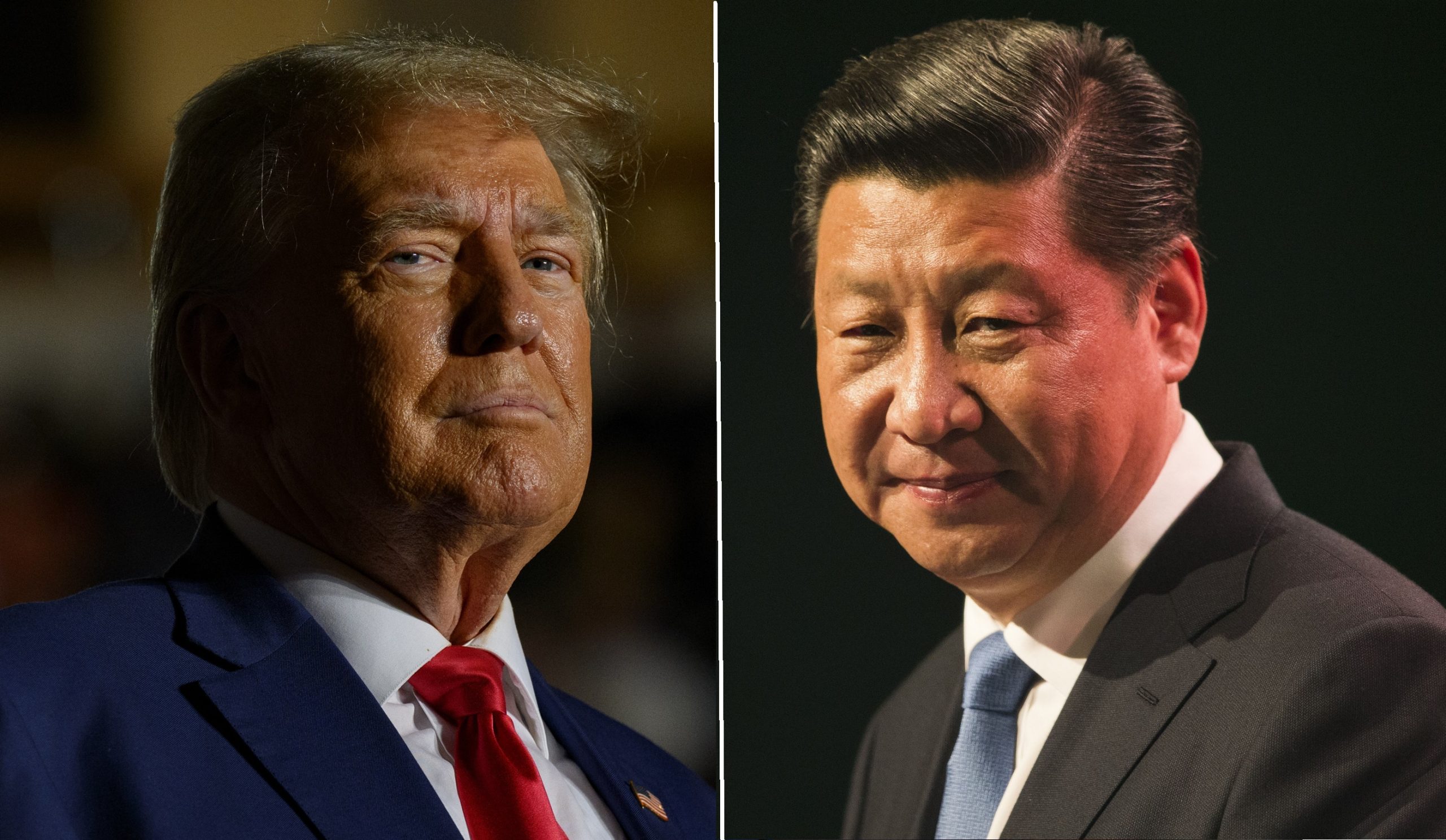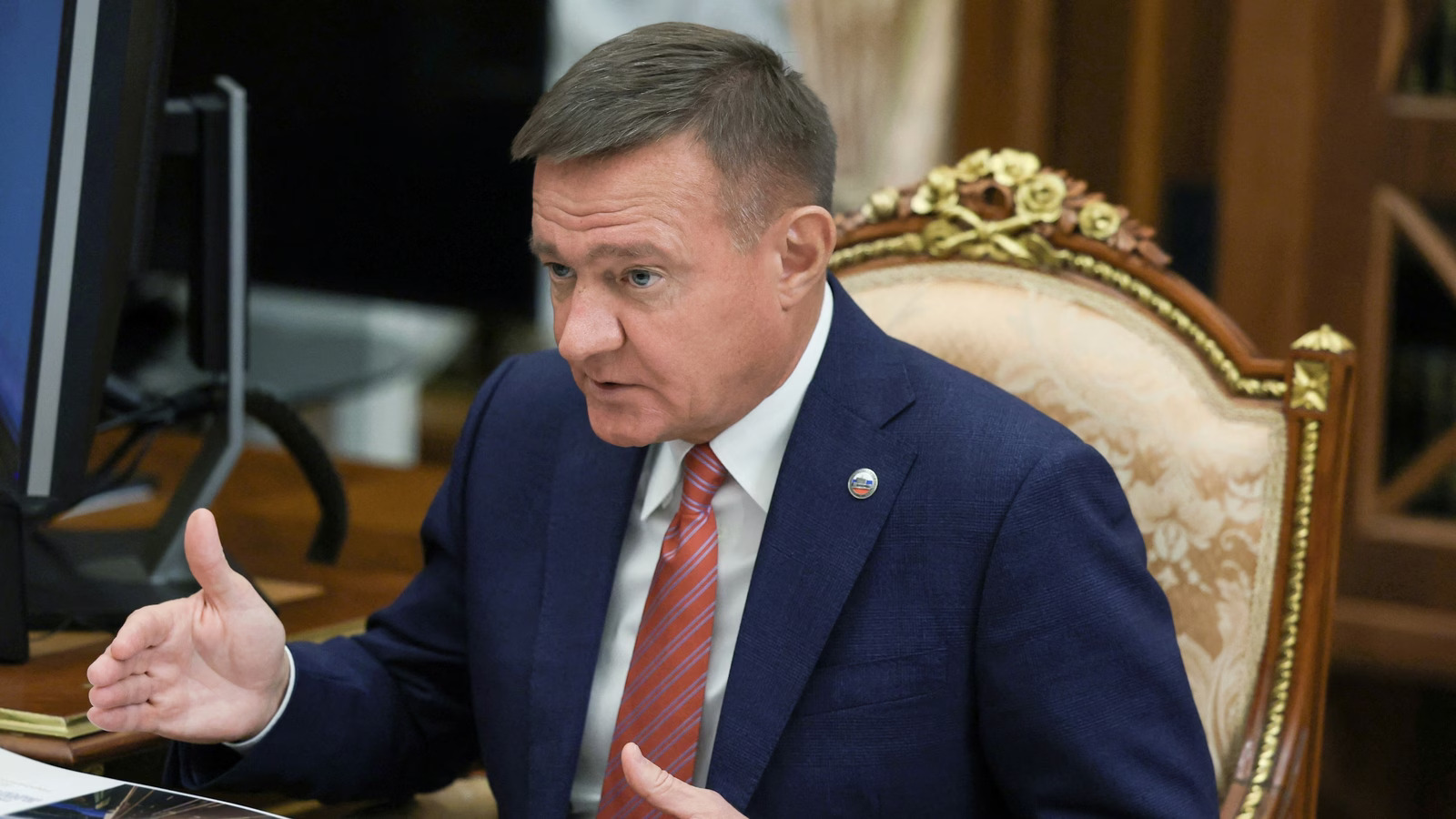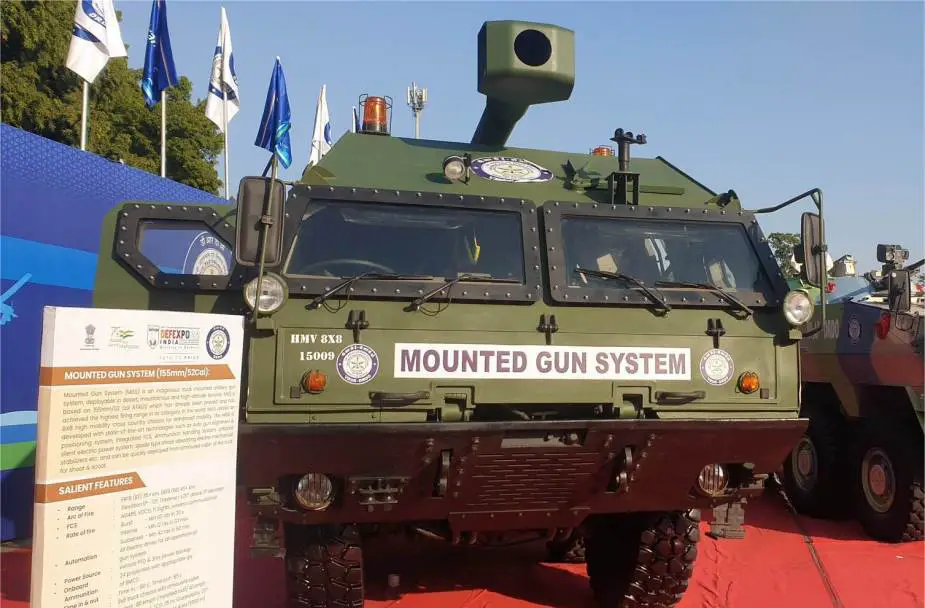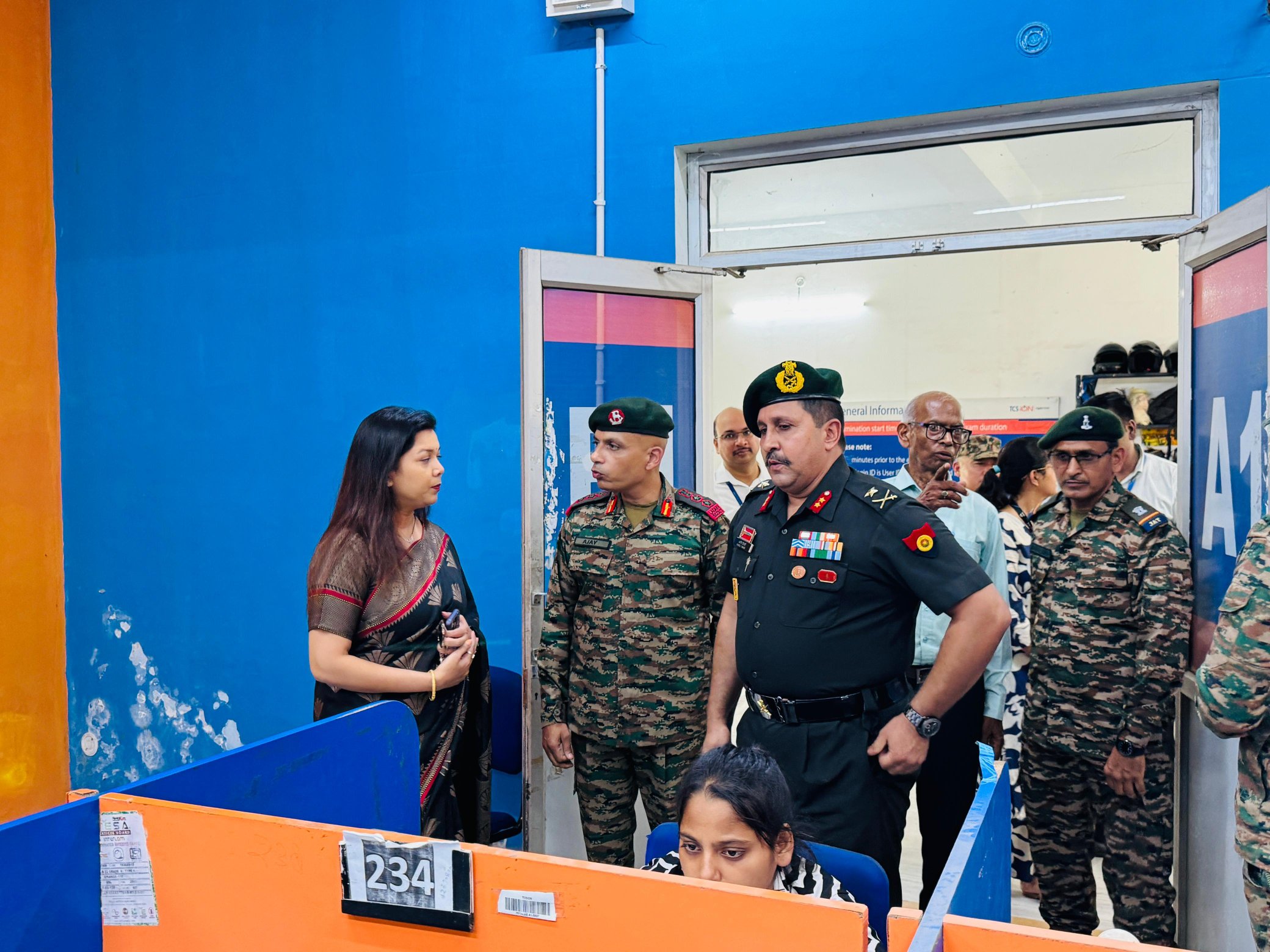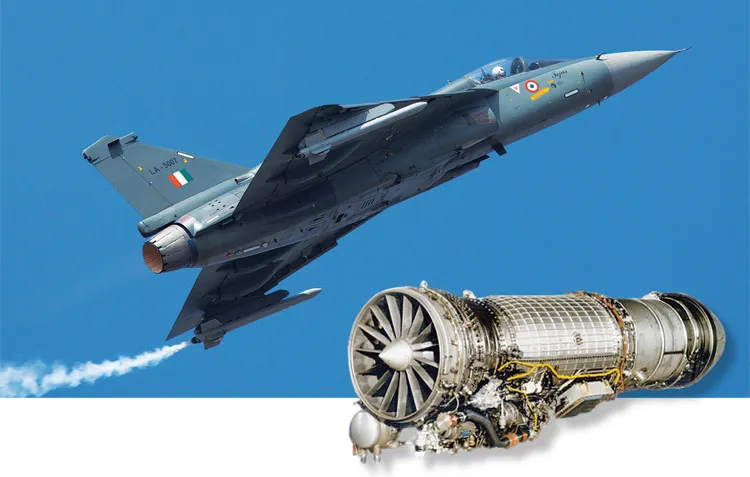China Responds to Trump’s BRICS Tariff Threat, Says Bloc Not Seeking Confrontation
China on Monday pushed back against US President Donald Trump’s latest tariff threats, stating that the BRICS grouping is not…
Vladimir Putin Fires Roman Starovoit, Ex-Russian Minister Found Dead Hours Later
Roman Starovoit, Russia’s former transport minister and one-time governor of the conflict-hit Kursk region, was found dead in his car…
Havildar Jugnoo Wins Silver at World Boxing Cup 2025 in Astana
Havildar Jugnoo of the Indian Army’s 8 Mahar Regiment has secured the silver medal in the 85kg weight category at…
Army to Test Indigenous Mounted Gun System with ‘Shoot and Scoot’ Capability in 85 Seconds
The Indian Army is set to begin trials of a domestically developed mounted gun system (MGS) capable of firing and…
Maj Gen Manoj Tiwari Reviews Online Entrance Exam at iON Digital Zone, Underscores Tech-Driven Modernization
In a key move towards modernizing its recruitment system, the Indian Army has intensified its digital outreach by conducting a…
US to Deliver Two F404 Engines Per Month for Tejas Jets Until March 2026: Defence Secretary
The United States will deliver two F404 engines per month for India’s Tejas fighter jets until March 2026, Defence Secretary…

